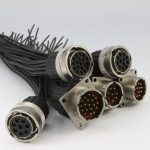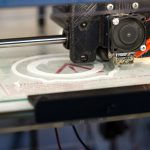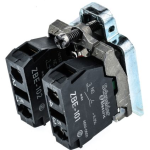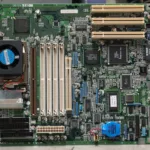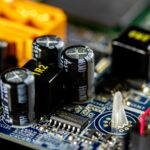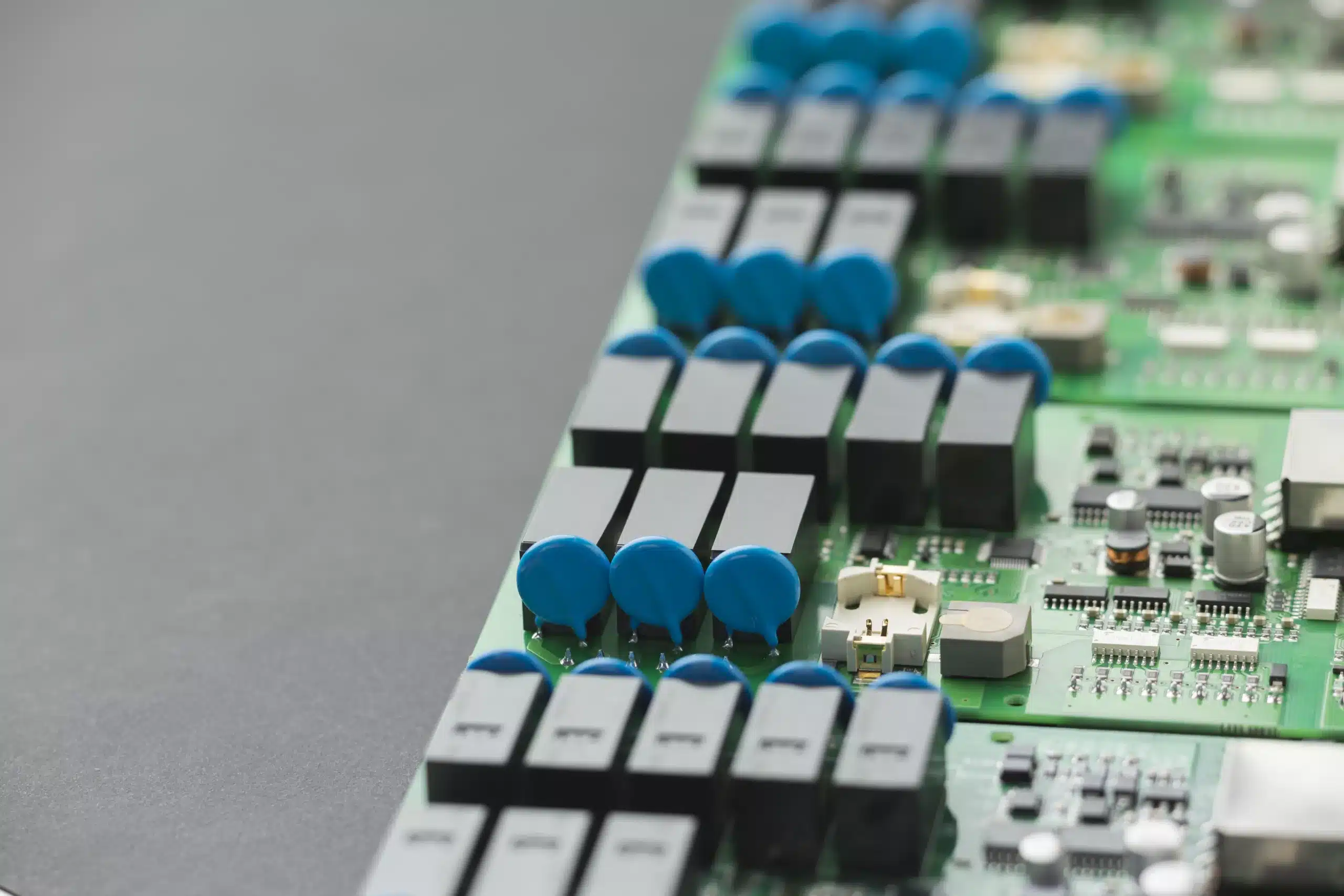
Introduction
As technological advancements drive the electronics evolution, the quest for higher efficiency and power density has become a paramount goal for many industries. Among the key revolutionary components include Metal-Oxide-Semiconductor Field-Effect Transistors–MOSFETs, proven to be indispensable in various applications. These semiconductors can control and amplify electrical signals with unparalleled efficiency. This article explains the realm of power MOSFETs, highlighting how they have become instrumental in achieving enhanced performance, energy efficiency, and power density.
Understanding the Basics of MOSFETs
MOSFETs are solid-state semiconductor devices that function as voltage-controlled switches to control current flow in electronic circuits and microprocessors, memory devices, or amplifiers. They comprise three terminals: the gate, the drain, and the source. An electric field is formed by applying a voltage to the gate terminal, determining the conductivity between the drain and the source terminals. MOSFET operates in three modes: cutoff, triode, and saturation–determining its switching behaviour.
Key Approaches to Enhance Efficiency and Power Density with MOSFETs
Enhancing efficiency and power density with MOSFETs requires several key approaches that focus on reducing power losses and optimising the design for higher power density. Some of these crucial methods include:
Enhancing Efficiency through Low On-Resistance (RDS(on))
One of the key parameters influencing the high power MOSFET efficiency is the on-resistance (RDS()). Lower RDS(on) values result in reduced power dissipation and enhanced energy efficiency. Technological advancements in semiconductor fabrication processes have enabled MOSFETs production with significantly lower RDS(on) values, resulting in more efficient power handling in multiple applications.
Using High-Performance Gate Drivers
The MOSFET efficiency greatly depends on how fast it can transition between its on and off states. Gate drivers are pivotal in this process by supplying the necessary voltage and current to charge and discharge the gate capacitance quickly. High-performance gate drivers allow faster switching, reducing power losses with enhanced efficiency.
Tackling Heat Dissipation with Advanced Packaging
Power dissipation is a significant challenge when designing high-power-density systems. As MOSFETs handle more power, they generate more heat which can cause performance degradation and reduced lifespan. Advanced packaging techniques help improve heat dissipation by providing better thermal conductivity and reducing the thermal resistance between the MOSFET and the heat sink. These advanced packagings include direct copper bonding and multi-chip modules.
SiC and GaN MOSFETs: Unlocking Next-Level Efficiency
Recent breakthroughs in semiconductor materials have paved the way for Silicon Carbide–SiC and Gallium Nitride–GaN MOSFETs. Compared to traditional silicon MOSFETs, SiC and GaN devices exhibit superior electrical properties, including higher breakdown voltage, lower on-resistance, and faster switching speeds. These characteristics result in significantly improved efficiency and power density, making them the preferred choices for high-performance applications.
Smart Gate Driving Techniques
Intelligent gate driving techniques have emerged as a powerful tool to optimise MOSFET performance. Techniques like gate voltage control and advanced pulse-width modulation schemes allow better matching of MOSFET switching characteristics, reducing switching losses and enhancing efficiency.
Minimising System Footprint with High Power Density
Power density is a crucial metric in modern electronics, especially for applications with limited physical space. High power density MOSFETs can handle more power while occupying a smaller footprint, enabling compact and efficient power electronic systems’ design.
Final Remarks
As higher efficiency and power density demand rises, MOSFETs have emerged as a driving force behind this transformation. With ongoing advancements in materials, packaging, and control techniques, MOSFETs are poised to revolutionise industries ranging from electric vehicles and renewable energy to telecommunications and data centers. By harnessing the full potential of MOSFET technology, it is possible to usher in a new era of efficient, compact, and high-performance electronics, driving towards a sustainable and technologically advanced future.







